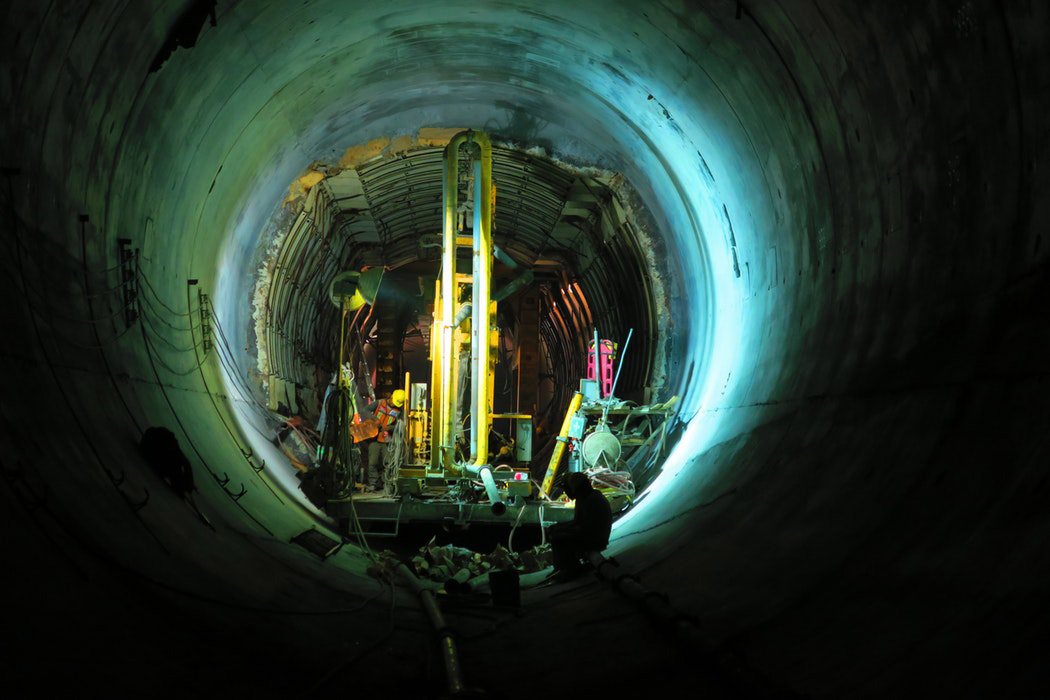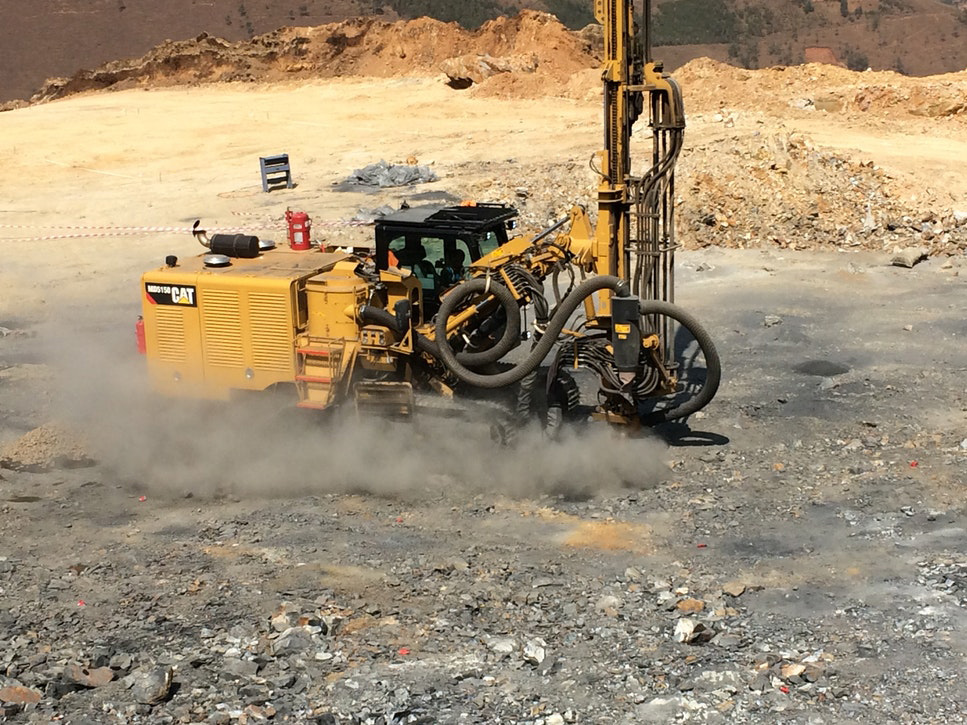Heavy equipment is an integral part of many industries. Preparing it correctly for transport ensures you can safely move your equipment from jobsite to jobsite, protecting both your equipment and your crew.
Here are a few tips and tricks you can incorporate into your practices to ensure your equipment reaches its destination both safely and efficiently.

The first step is to be aware of the different securement systems you’ll need to ensure your equipment is properly secured during transport. The exact system you need will depend on the size, shape and weight of the equipment you’re moving but will usually include things like floors, walls and decks, as well as anchor and tie down points, stakes, posts and other tools to secure your cargo.
Wire cabling, natural or synthetic rope, steel strapping, webbing or other tie downs could all be options to keep your equipment secure during transport. The exact items you use will depend on the kind of truck you’re using for the transportation, as well as the size and weight of your equipment.
After loading the equipment, it’s essential to secure all moving parts, as well. Items with locking mechanisms should be secured in place, and those without built-in locks should be secured by other means. Secure wheels with tie-downs, wheel chocks or wedges to keep them from rolling during transport.
It’s essential to seek out oversized or overweight transport permits for your equipment if your state requires them — the exact specifications for these permits vary from state to state. You need to know the weight of your truck and trailer, as well as the weight of your equipment to ensure you’re not exceeding the permit’s weight limits.
Ensure all your drivers are properly licensed and trained to be able to handle oversized and overweight loads. A commercial driver’s license (CDL) and equipment hauling training are necessary to make sure the equipment gets where it needs to safely. Not only does this protect your investment and your employees, but it also helps to protect other drivers on the road.

Before loading your equipment, take some time to inspect your trailer for signs of wear or damage. Weakened parts or sections could fail once you’ve loaded the heavy weight. It’s also important to make sure the trailer is clear of any rocks, sticks or other debris that could fly off during transport and damage your equipment or other vehicles on the road.
It’s also essential to ensure your trailer is rated to carry the kind of weight you’re loading onto it. Overloading your trailer could lead to equipment failure and dangerous accidents during transportation.
Before you set off, take some time to review all the securement requirements outlined by the Department of Transportation (DOT). These ensure your load is secure against the kind of acceleration forces that occur during driving. Specifically, your securement needs to be able to stand up to 0.8g of deceleration forward during braking, 0.5g acceleration laterally during turns, and 0.5g of acceleration rearward during acceleration.
These ratings are the extreme of what you might experience during driving — during heavy braking or fast acceleration — but you don’t want to risk that your equipment might break loose if your driver has to slam on their brakes due to being cut off by another driver.
Testing to ensure your equipment securement meets DOT requirements isn’t necessary or required. Older equipment purchased before the new DOT rules went into effect in 2004 is still acceptable, as long as they’re in good working order. The key is to ensure your tie-downs and trailer equipment can stand up to even the most extreme driving conditions. Even if you don’t experience those conditions, you want to ensure your equipment can stand up to it if they ever occur.
At some point, you’ll need to transport your heavy equipment, whether you’re changing facilities or moving to and from a job site. It’s up to you to ensure your equipment gets where it’s going safely. Don’t cut any corners when it comes to equipment transportation — neglecting your securement protocols can lead to dangerous accidents or equipment failure that you could have otherwise avoided.
 Megan Ray Nichols
Megan Ray Nichols
Freelance Science Writer
Megan Ray Nichols is a STEM writer and the editor of Schooled By Science. She regularly writes for IMPO Magazine and American Machinist. For more from Megan, follow her on Twitter, @nicholsrmegan, or subscribe to her blog.
In this episode, I sat down with Beejan Giga, Director | Partner and Caleb Emerson, Senior Results Manager at Carpedia International. We discussed the insights behind their recent Industry Today article, “Thinking Three Moves Ahead” and together we explored how manufacturers can plan more strategically, align with their suppliers, and build the operational discipline needed to support intentional, sustainable growth. It was a conversation packed with practical perspectives on navigating a fast-changing industry landscape.